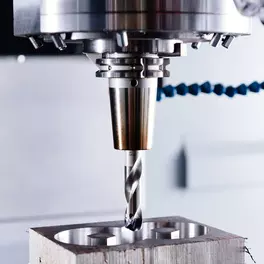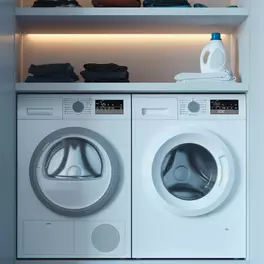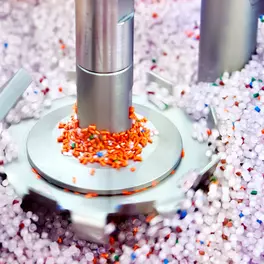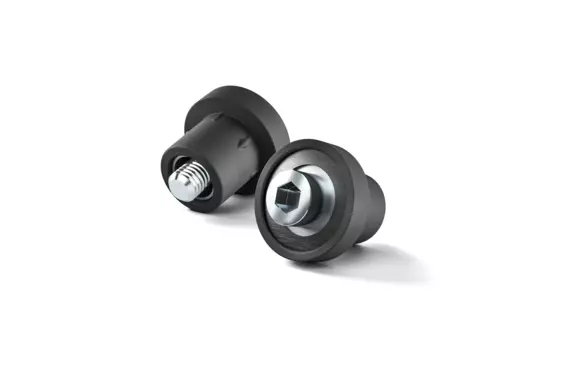The metal external threads of the ball studs are metric or self‑tapping (in plastic). Other thread types can be provided on request.
Decoupling
SNAPLOC®
Designed in two parts, easy to assemble – with SNAPLOC®, it is easy to create decoupling plug-in connections.
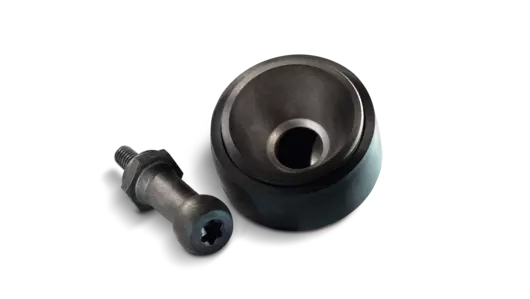
Fasten and decouple
SNAPLOC® joins without transmitting vibrations and noises
The two-piece SNAPLOC® fastening system consists of a ball stud and a coupling for quick assembly and is based on the principle of a simple snap joint or plug-in joint.
Plus factors
Advantages of SNAPLOC®
Fast assembly and disassembly
A simple principle for complex requirements: push on to attach, pull off to detach.
Decoupling fastening
Low vibration and noise levels. Vibrations are not transmitted from one component to the other.
Small number of parts
Simple and economical. With just two parts – ball stud and coupling – SNAPLOC® simplifies production processes.
Wide range of fastening options
Greater freedom in construction and design. With the right fastening options for every application.
Design freedom
Completely unobtrusive. SNAPLOC® fasteners can be integrated into the component design.
Method and principle
Two-piece design, for easy assembly.
One ball stud, one coupling – the simple principle behind the SNAPLOC® plug-in connection provides a perfect fit while decoupling any vibration. Inside the coupling a ball socket is formed, into which the ball stud can snap.
The coupling of the plug‑in connection is mounted on the underside of the component in the fitting provided and held in place with a form-fit. Depending on the design, the ball stud can be screwed, bonded or clipped onto the corresponding component. The pieces are connected easily by simply snapping them into place or pulling them apart.
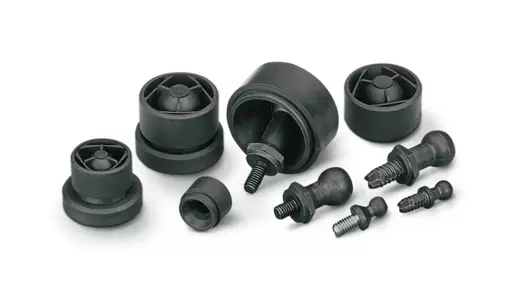
Videos
The SNAPLOC® technology
Interested?
Order SNAPLOC® online now
In the eShop, you will find the latest information on price and availability, technical data sheets and CAD downloads, as well as our varied range of branded products and standard parts.
Visit eShopDownloads
Are you interested in SNAPLOC®? Please download further information here.
Any questions?
We are here to assist you
Do you want to know more about our products or services? Our team will be happy to advise you.
Contact us


